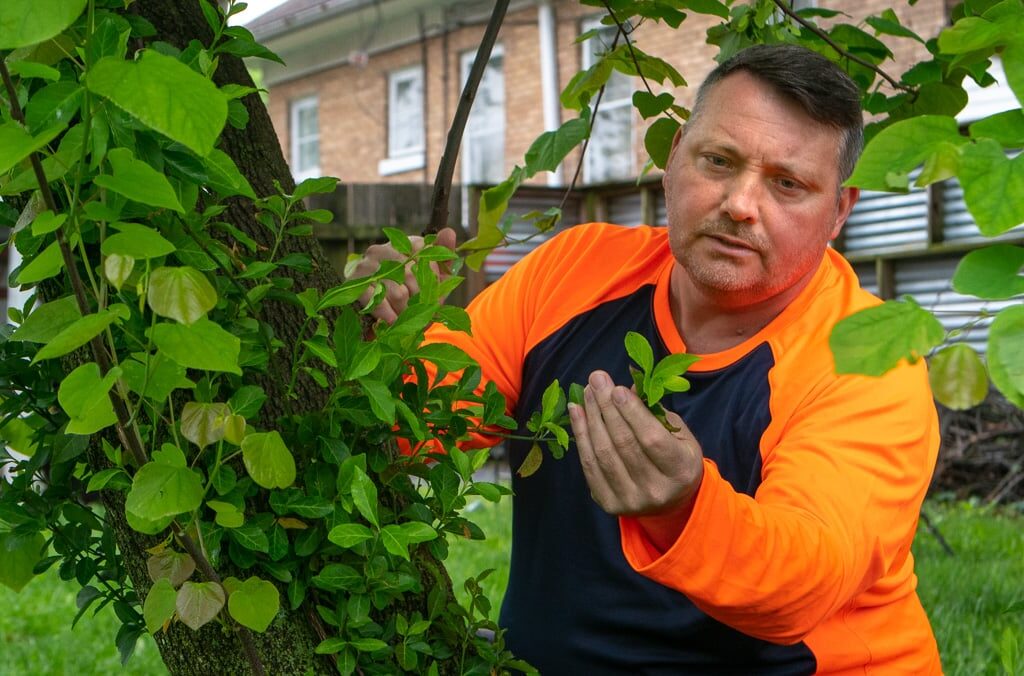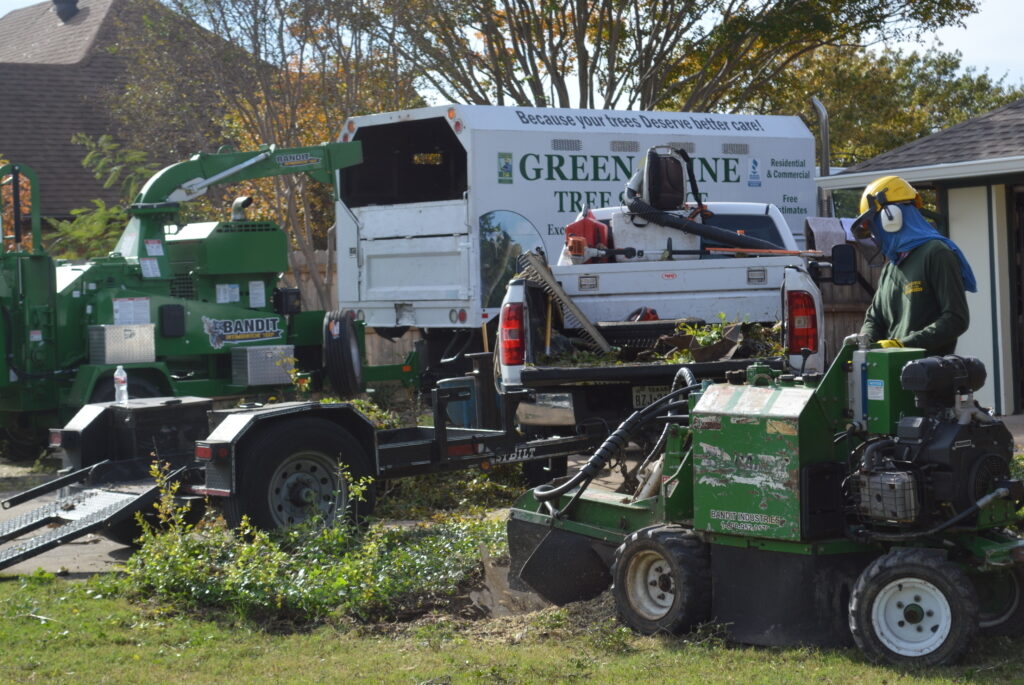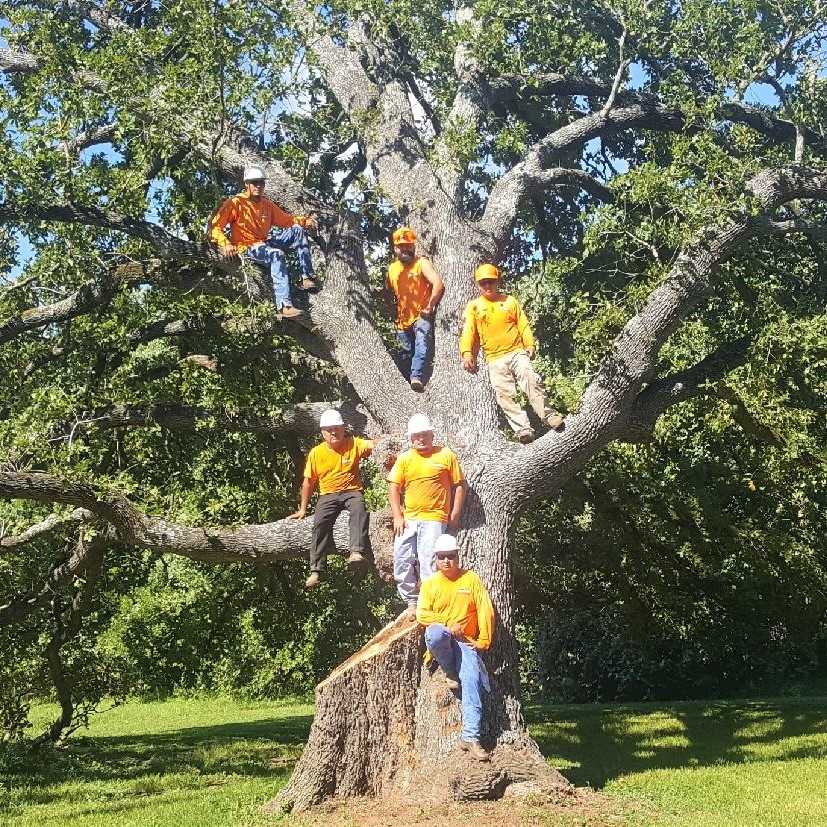Tree Health Inspection: The Ultimate Guide to Keeping Your Trees Thriving
Introduction: Why Tree Health Inspection Matters
Tree health inspection is like a routine check-up for your trees, ensuring they’re in tip-top shape. Just as we visit the doctor for a physical, trees need regular inspections to stay healthy, safe, and beautiful. But what exactly is tree health inspection, and why is it so crucial? Let’s dive in!
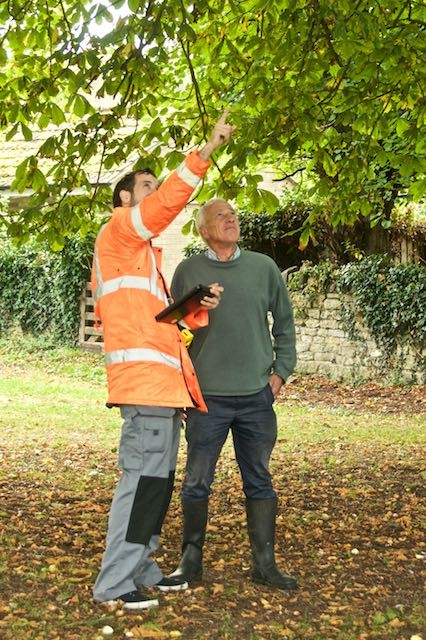
What is Tree Health Inspection?
Definition and Purpose
Tree health inspection is a thorough examination of a tree’s overall condition. The goal is to assess the tree’s health, identify any potential risks, and recommend necessary care or interventions. This process is essential for both the safety of people and property, as well as the well-being of the trees themselves.
Who Should Conduct a Tree Health Inspection?
While homeowners can perform basic checks, a certified arborist is the best person for a comprehensive tree health inspection. They have the expertise to spot issues that might not be visible to the untrained eye.
Signs Your Tree Needs a Health Inspection
Visible Damage or Decay
If you notice cracks, holes, or peeling bark, these could be signs of disease or decay. Such symptoms often indicate internal problems that could compromise the tree’s stability.
Dead or Dying Branches
Branches that are dry, brittle, or lacking leaves during the growing season are red flags. Dead branches can fall unexpectedly, posing a hazard to people and property.
Fungal Growth
Mushrooms or other fungi growing at the base or on the trunk of a tree can signal decay. Fungi thrive on dead or decaying wood, which could mean your tree is in trouble.
Leaning or Unstable Trees
A tree that suddenly starts leaning could be a sign of root damage or weakening. This situation requires immediate attention, as the tree may be at risk of falling.
How to Conduct a Basic Tree Health Inspection
1. Check the Leaves
Leaves are a tree’s first line of communication. Inspect for discoloration, spots, or unusual patterns. Healthy leaves should be vibrant and free of blemishes.
2. Examine the Bark
Healthy bark is smooth and consistent. Look for cracks, splits, or areas where the bark is missing, as these could be indicators of underlying issues.
3. Inspect the Roots
Exposed roots should be firm and free of rot. If you see roots that are soft, mushy, or decaying, your tree might be in trouble.
4. Look for Pests
Insects can be a major threat to trees. Check for signs of infestation, such as holes in the bark, sawdust-like material around the base, or the presence of pests themselves.
The Role of Soil in Tree Health
Soil Quality and Composition
The quality of the soil is crucial for a tree’s health. Poor soil can lead to nutrient deficiencies, making trees more susceptible to disease and decay.
Testing Soil pH Levels
Different trees thrive in different pH levels. Testing your soil’s pH can help ensure it’s suitable for the types of trees in your yard.
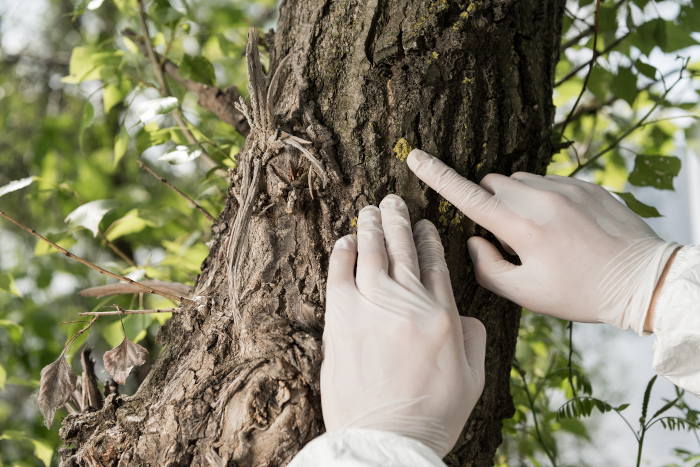
Identifying and Understanding Common Tree Diseases
1. Dutch Elm Disease
This fungal disease affects elm trees, causing wilting and yellowing leaves. Early detection is key to saving the tree.
2. Oak Wilt
Oak wilt is a serious disease that affects oak trees, leading to leaf discoloration and eventual death if not treated promptly.
3. Fire Blight
Common in fruit trees, fire blight causes branches to appear scorched. Pruning affected areas can help prevent the spread of this bacterial infection.
4. Root Rot
Root rot is often caused by overly wet conditions and can lead to the tree’s decline. Signs include stunted growth and yellowing leaves.
Preventative Measures for Tree Health
1. Regular Pruning
Removing dead or diseased branches through pruning enhances the tree’s health and boosts its overall appearance.
2. Proper Watering
Watering your trees properly, especially during dry spells, is crucial. Both excessive and insufficient water can damage the tree.
3. Mulching
Mulch helps retain moisture in the soil and protects the roots. However, be sure not to pile it against the tree trunk, as this can lead to rot.
4. Fertilization
Providing the right nutrients can help your tree grow strong and resist disease. A soil test can determine what nutrients your tree might be lacking.
When to Call a Professional Arborist
Complex Issues
If your tree shows signs of serious disease, decay, or structural instability, it’s time to call in a professional. Arborists can provide treatments that are beyond the scope of a basic inspection.
Tree Removal Needs
In some cases, a tree might be too far gone to save. An arborist can safely remove the tree, ensuring no damage to your property.
The Importance of Regular Inspections
Safety First
Regular inspections help prevent accidents caused by falling branches or unstable trees. This is especially important in areas where trees are close to homes, roads, or power lines.
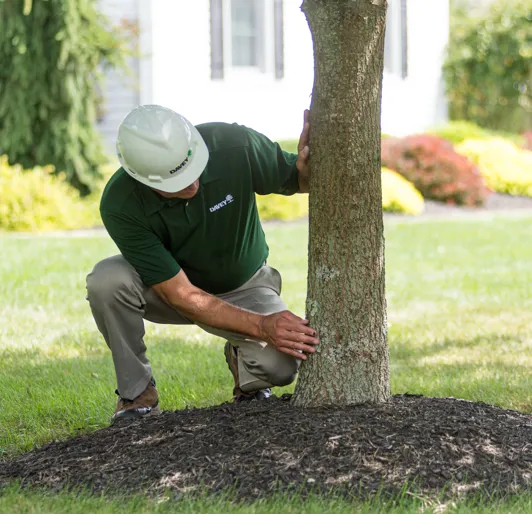
Preserving Tree Health
Routine checks allow for early detection of issues, which means quicker and more effective treatment. This can prolong the life of your trees and keep them looking their best.
Conclusion: Keep Your Trees Thriving
Tree health inspection is an essential part of responsible tree care. By regularly checking your trees for signs of distress, you can catch problems early and take action to keep your trees healthy, safe, and beautiful. Whether you do it yourself or hire a professional, the key is to be proactive in your tree care.
